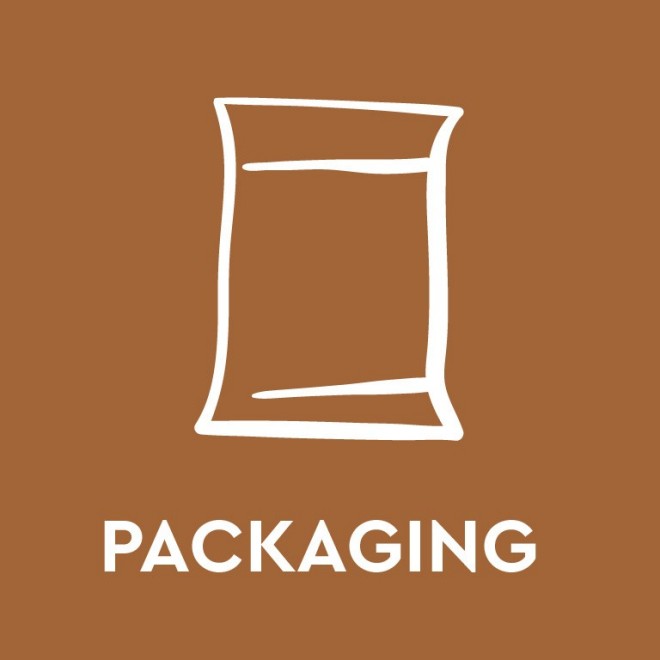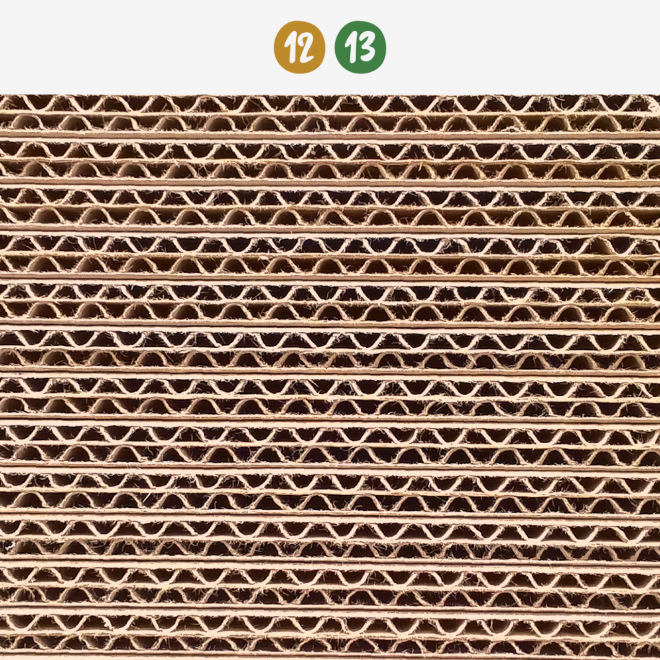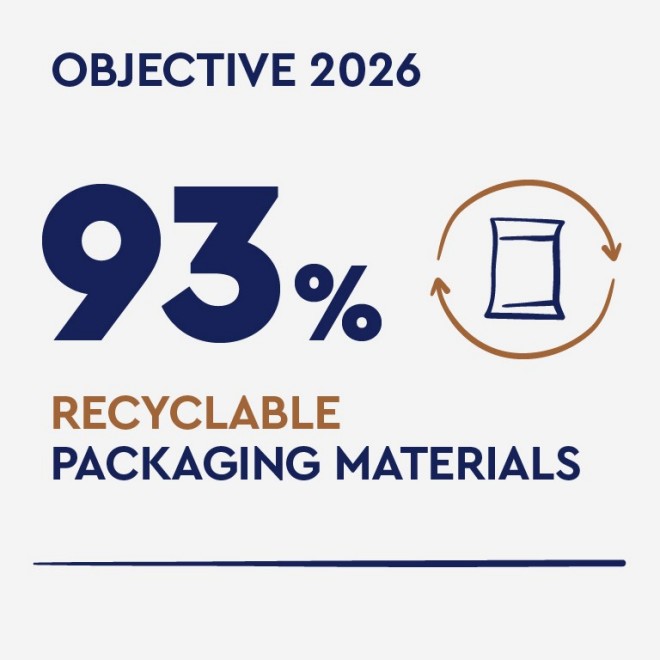
Our strategic principles on packaging materials are exactly defined, and we implement them across our entire business wherever this is legally and technologically feasible. The reduction of packaging materials, use of more environmentally friendly packaging solutions and adherence to strict recycling standards are enshrined in our packaging policy.
A life cycle assessment calculator provided by a renowned environmental consultancy enables HALBA to estimate the magnitude of the environmental and CO2e footprint of selected packaging variants. This approach examines a variety of environmental effects across the entire production, utilisation and disposal process. It takes emissions such as CO₂ and dioxins, utilised resources such as crude oil and wood, and all generated waste into account. This method for calculating the environmental footprint is based on the method of ecological scarcity and has been developed in conjunction with the Federal Office for the Environment (FOEN).
The insights gained from this then inform meetings with our customers in which we discuss the choice of more environmentally friendly packaging materials. We also have an interdisciplinary project group focusing on innovative packaging. Its purpose is to follow the latest developments in the packaging market and optimise HALBA’s existing packaging range for environmental aspects. Various factors are analysed: the packaging material needs to have good machine runnability so that packaging is efficient. In addition, product protection needs to be guaranteed despite a reduction in material thickness, as the cultivation, processing and transportation of food have a much greater effect on the environment than its packaging (see the issue of food waste). The project group is not only focusing on the packaging market but is also working on its own innovations. One example of this is the production of cardboard from the cocoa shells generated by HALBA during the production of chocolate.


The issue of packaging is firmly rooted in the packaging policy and also within the strategy at the division of the Coop Group. It is our express goal to reduce our plastic consumption per tonne of product sold by 15 per cent between 2021 and 2026. HALBA pursues two central measures in order to achieve this goal:
Material consumption can be reduced by using smaller packaging containers and thinner films. In addition, currently existing packaging is analysed and where appropriate redesigned. In the snacks segment, for instance, multipack solutions are no longer sold in plastic bags. Instead, the individual packages are held together with small plastic labels. This significantly reduces the quantity of plastic used. HALBA has installed a new packaging line that allows us to implement the new system technologically. The label solution is currently also being tested in the chocolate sector for the chocolate bar product category. In 2022, the bag height of various Christmas and Easter items was reduced, meaning less plastic was needed.
In addition to reducing packaging volumes, we are continuously analysing our product range to identify opportunities for using more environmentally friendly packaging materials. Whenever the calculation of a product’s environmental impact confirms that an alternative material would be more sustainable and the use of that material is technologically possible, we make the switch.
HALBA uses the most disparate types of packaging. The type and form of packaging is determined both by the relevant product as well as the customer. A distinction is drawn between primary and secondary packaging: primary packaging, such as for example plastic film for snacks or aluminium film for chocolate, is wrapped directly around the product, is intended to protect the product, enables transportation and operates as a means of communication, for instance as an advertising surface. If the primacy packaging cannot perform these functions, secondary packaging is used – for instance folding cardboard boxes for baking mixtures, sachets for small pieces of chocolate or paper or cardboard packages for bars of chocolate.